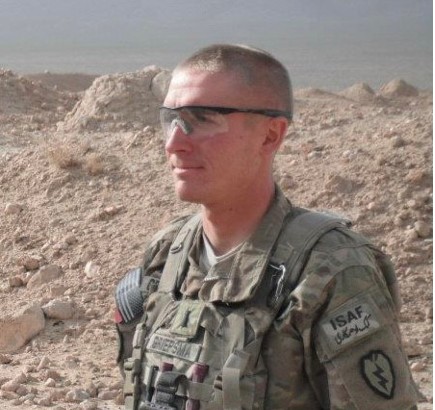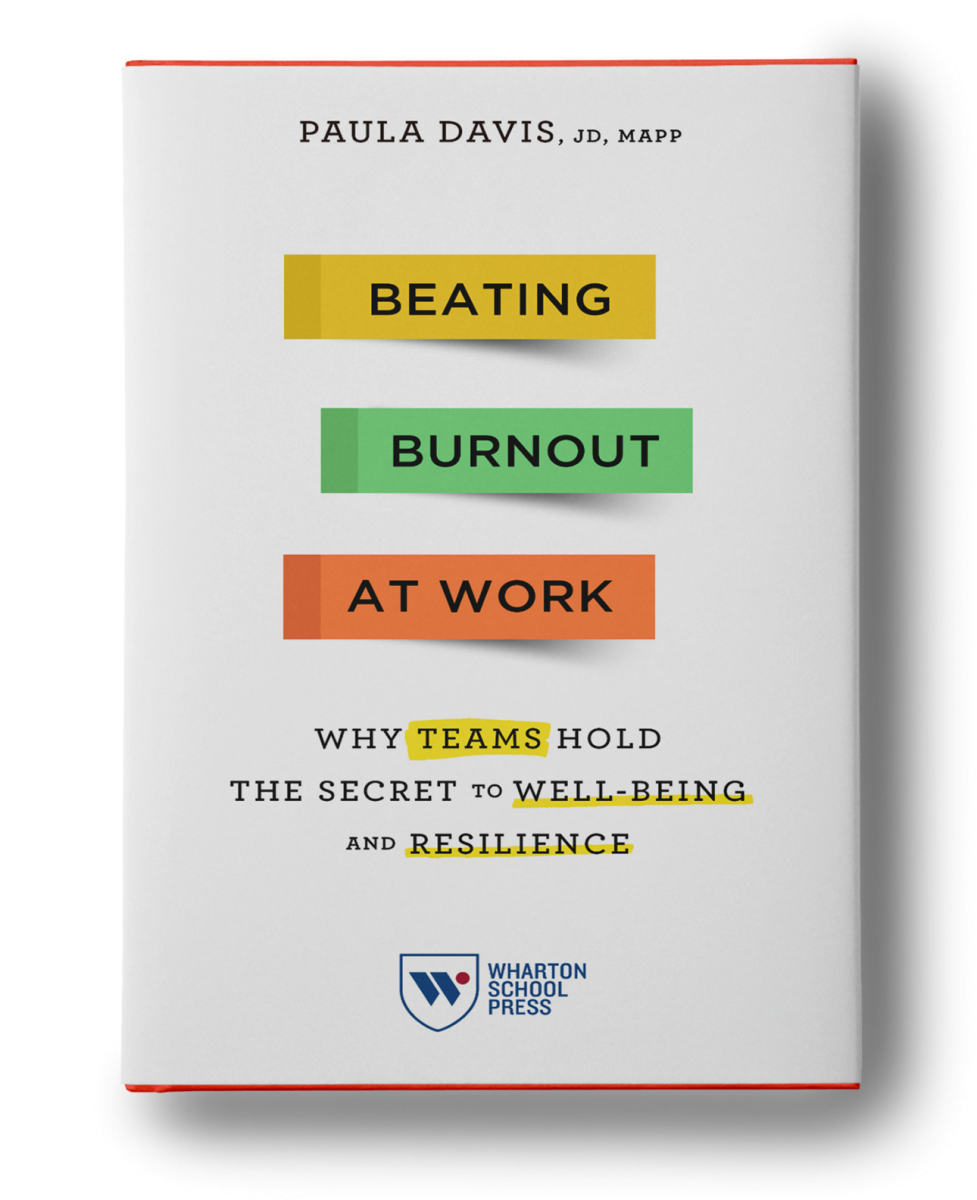Good leaders are a critical component for high-performing teams, particularly when the stakes are high. But what if you were tasked to lead a team into combat and you had met them only weeks prior to deployment? In this 2nd installment in my series exploring the leadership conversation with lawyers with military experience, former Army Captain and Armor Officer, Nicholas Griepsma, was faced with that exact situation.
Nick’s college studies began at the time the United States was building up to the surge in Iraq. Since the military did not institute a draft, there was a real shortage of soldiers to fulfill the obligations associated with the surge, and many service members were being held past their initial deployment times. Feeling blessed and grateful to have grown up in the United States, Nick felt called to help. He decided to join Army ROTC in college, but because his university did not have an ROTC program, he commuted to a larger school multiple times a week to do the required training.
He graduated in 2010, commissioned as a Second Lieutenant, and left for his first duty station at Ft. Knox, where he trained to be an Armor Officer. After his training, he changed duty stations to Ft. Wainwright in Alaska, and he knew he would be deploying soon after arrival. He expected to have 1-2 months to get acclimated to his unit; however, his squadron commander called soon after his arrival to let him know plans had changed. Nick would not in fact be serving as a staff officer for 1-2 months – he would instead take command of a platoon he barely knew, mere weeks before they were to deploy to Kandahar Province in Afghanistan, the birthplace of the Taliban and one of the most volatile regions of the country.
Armor and Cavalry soldiers specialize in the operation of the Army’s armored vehicle platforms, like tanks. They also specialize in executing the Army’s reconnaissance efforts. Nick’s platoon was tasked with executing between 250-300 combat missions during their deployment. Those missions involved things like patrolling to enemy-occupied areas, meeting with tribal leaders to connect them with Afghan security forces, and helicopter air assault missions to identify and neutralize improvised explosive device (IED) making facilities. Their goal was to help build up new Afghan military and police units, help them get established, lead any early combat missions on their behalf, and get them trained up to later assume that responsibility. It was an arduous deployment. Nick’s platoon experienced many IED detonations, endured tough missions, and one of his men – a loving and indispensable father of two – stepped on an IED and was killed.
I asked him how he earned his troops’ trust and respect in such a short period of time. He explained that earning trust and respect is a process, but he sought to employ a two-pronged approach. The first prong involved approaching the situation with a high level of humility. He knew he didn’t have all of the answers, and many of his troops had significant experience. He asked for their opinions and invited conversations about ways to execute tasks when it was necessary. He recognized that he was not the sole source of good ideas. The second prong involved a thirst for knowledge. Although humility about knowledge gaps was a start, he also had to demonstrate a continuing desire to learn and to fill those knowledge gaps.
Nick describes leadership development as a life-long endeavor requiring a lot of help from others. He quickly acknowledges that he was blessed with outstanding non-commissioned officers in his platoon (who helped him through the learning process), in addition to being assigned – in Nick’s opinion – one of the best platoon sergeants in the Army at the time. His platoon sergeant helped formulate a lot of the training regimen that was developed for Army Cavalry leaders, which further set Nick up for success.
Help with leadership development also includes formal training, which Nick received in the Reserve Officer Training Corps and other Army schools and training programs. Such training required mastery of the Army’s military decision-making process methodology and leading simulated combat missions to hone his leadership and decision-making skills. At Ft. Knox, Armor and Cavalry officers executed extensive field training missions, coupled with time in the classroom.
Nick completed his military service in 2014. He joined the military at a time when he sensed a moment of need in the country. With the War on Terror winding down, he felt he had served his purpose and decided to go to law school. He felt that the law would be a good candidate for matching the level of intellectual rigor required of him as an officer in combat. He also feels obligated to do his part to ensure the American legal system remains worthy of the sacrifice of those who have given their lives to protect the rule of law.
For Nick, leadership is about coming together to meet a common goal. If you’re a leader, it’s because your team needs to accomplish a task, and you have an obligation to set them up for success and get them across the finish line. Nick believes that leadership in the law will necessarily look different from leadership in the military, but the Army nonetheless provided lots of tools to help him succeed as a leader in any context. In Afghanistan, Nick observed and strove to model leaders who motivated their troops to pursue excellence as a matter of integrity and selfless commitment to the team, not for transactional incentives like positive evaluations or personal glory. The best leaders are hyper aware of their continual obligation to shape their organization’s thinking, provide direction, and demonstrate humility in the process.
Nick thinks that the leadership conversation in law could be better promoted by asking associates to think about the type of leader they truly want to be and starting those conversations early. Lawyers learn the technical aspects of lawyering, like how to take a deposition from start to finish, early on, but they don’t have these leadership conversations early enough.
Leaders in law have a unique opportunity in the coming months to help their people re-group after a once-in-a-generation life changing event. How will you demonstrate humility and how will you motivate your teams to achieve excellence?
Please click here to order my new book, Beating Burnout at Work: Why Teams Hold the Secret to Well-Being and Resilience.
For more in this series, please read Leadership Lessons from an Air Force JAG, Leadership Lessons From A Former F/A-18 Weapons System Officer, and Leadership Lessons From A Former JAG Officer







